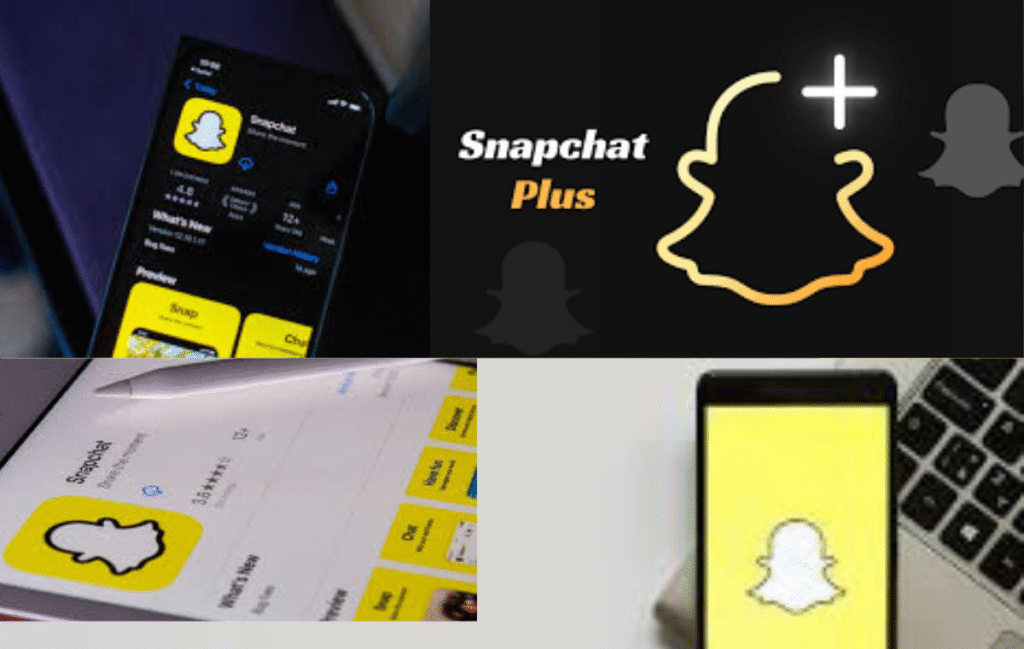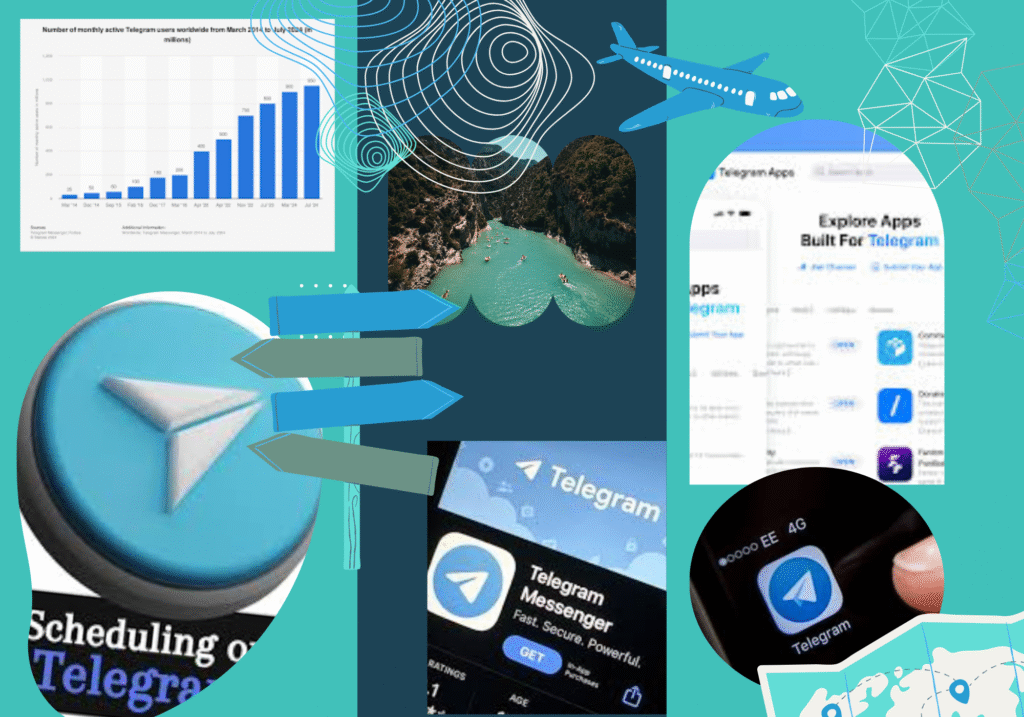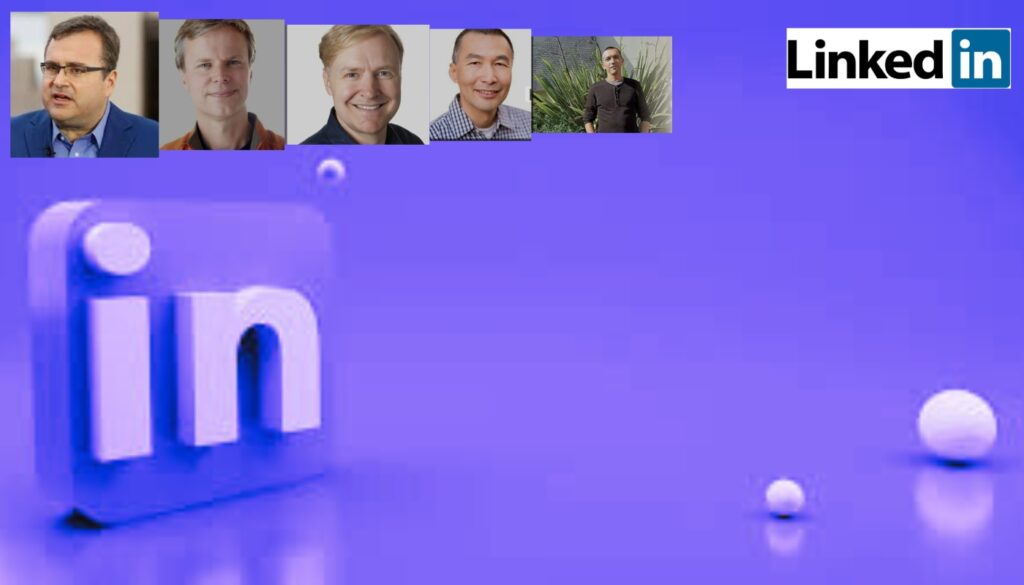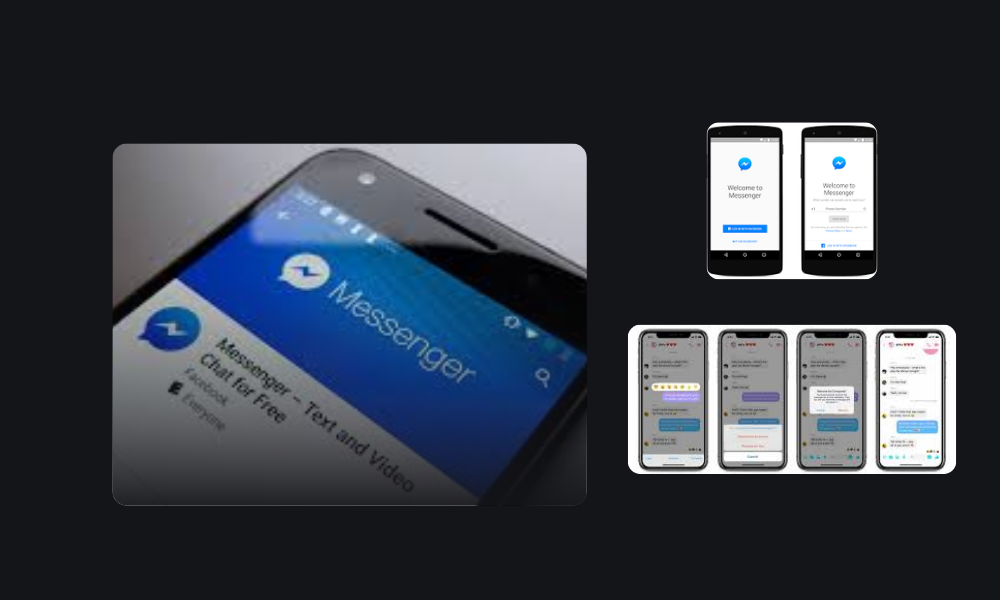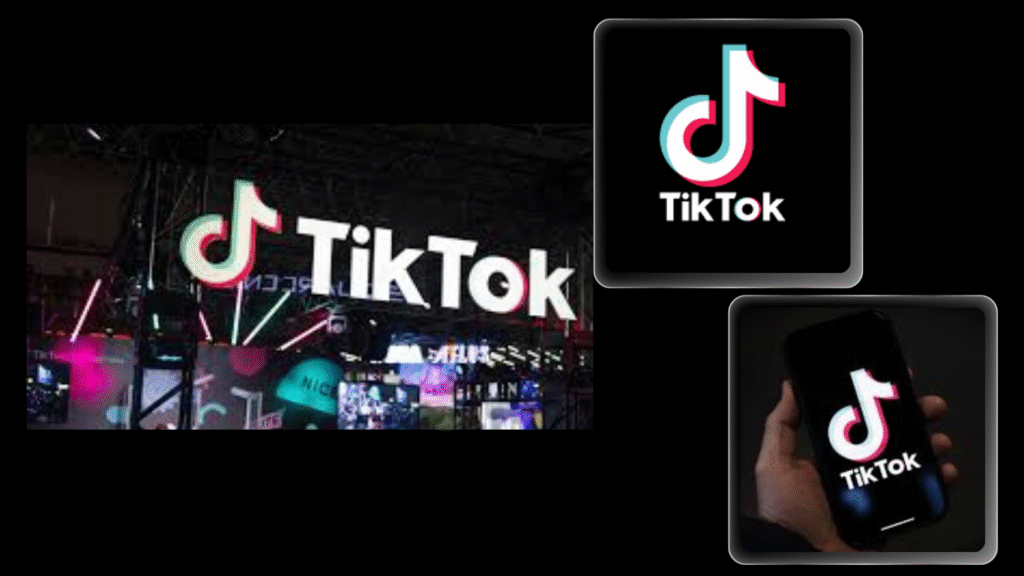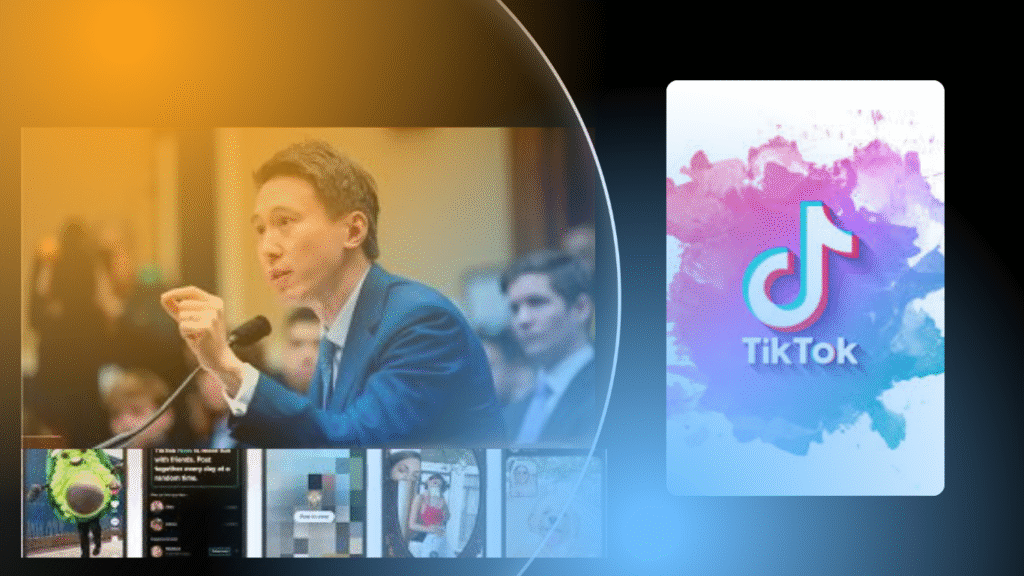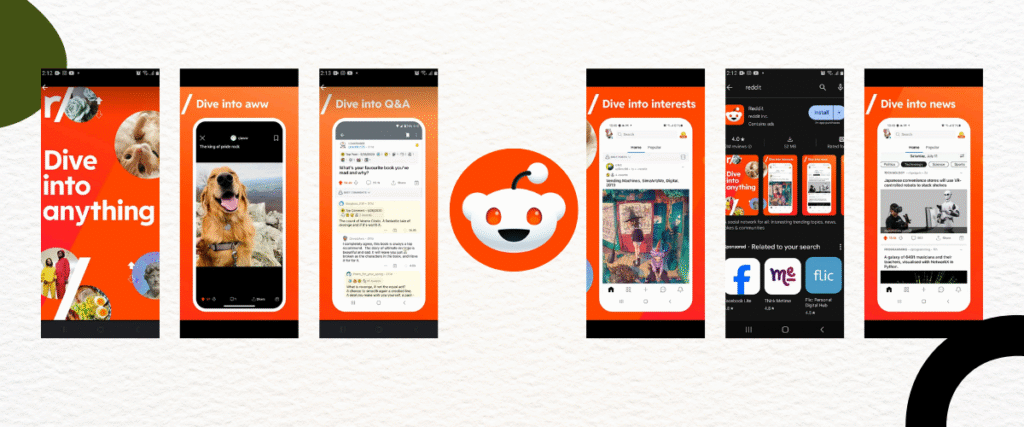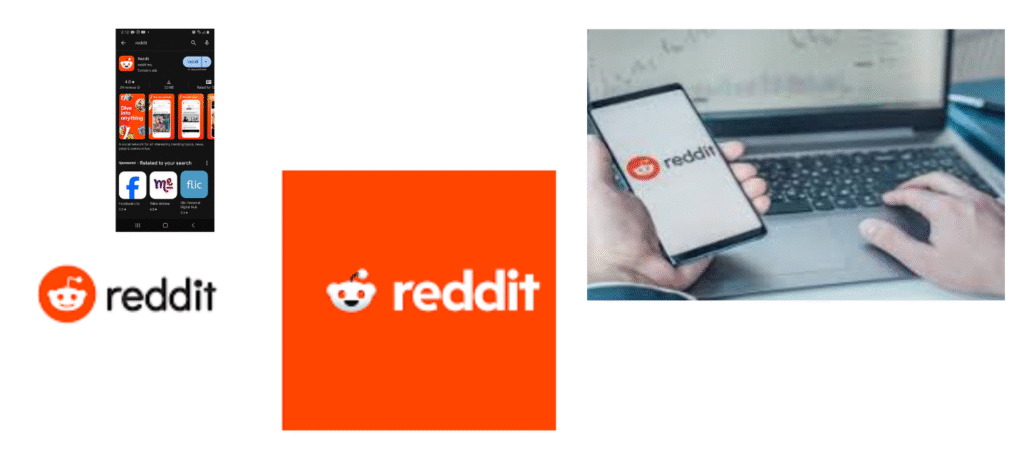- How has Douyin’s user base grown since its inception in 2016, and what implications does this have for its influence?
- What role has Zhang Yiming’s vision played in shaping Douyin’s success as a leader in short-form video content?
- How has the absence of Western social media platforms in China contributed to Douyin’s widespread adoption and cultural significance?
- What distinguishes Douyin’s history from that of platforms like TikTok, and how has this shaped its identity and appeal?
- What factors have contributed to Douyin’s success in integrating e-commerce options seamlessly into its platform?
- What strategies can brands employ to navigate Chinese censorship guidelines effectively while maintaining authenticity on Douyin?
- What opportunities does Douyin offer for brands targeting the under 35 demographic, and how can they tailor their approach to resonate with this audience?
- How does Douyin’s resilience and innovation contribute to its position as a major player in shaping the future of content creation and consumption?
- In what ways can brands adapt to the evolving trends and dynamics of Douyin to ensure long-term success in the Chinese market?
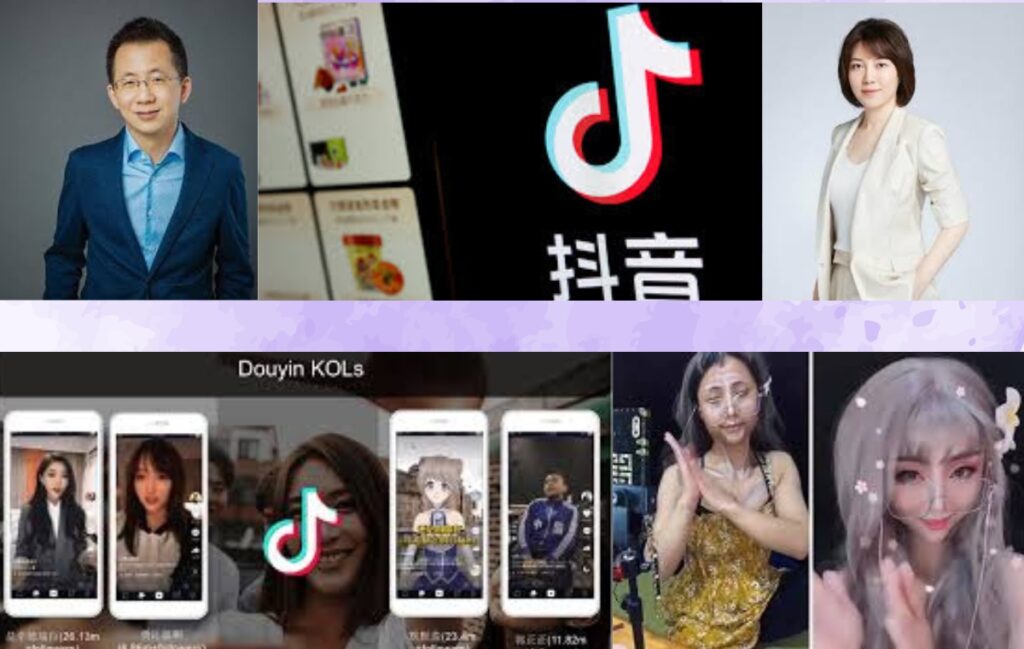
Introduction To Douyin:
Founded in 2016 by ByteDance in China, Douyin has rapidly emerged as a dominant force in the realm of social media. With an impressive user base of 730 million individuals, Douyin has established itself as a key player in the digital sphere, renowned for its short-form video content and avenues for creative expression. This substantial user count highlights the platform’s broad appeal and its significant impact on shaping the content consumption behaviors of a diverse and highly engaged audience, both within China and on a global scale.
Introduction to Zhang Yiming:
Architect of ByteDance
Zhang Yiming stands as the visionary billionaire behind ByteDance, the tech giant responsible for overseeing renowned platforms like TikTok and Douyin. His entrepreneurial acumen has propelled ByteDance to the forefront of the digital realm, shaping the landscape of social media and content creation.
Factors Driving the Emergence of Chinese Social Media Apps:
Absence of Western Platforms
The unavailability of prominent Western social media platforms like Facebook and YouTube in China has created a void, fostering the rise of indigenous alternatives such as WeChat and Douyin. This dearth has paved the way for homegrown platforms to flourish and captivate the Chinese audience.
Comprehensive Offerings
Chinese social media apps transcend mere social interaction, offering a multifaceted ecosystem encompassing research, shopping, ticket booking, ride-hailing, and payment services. These super apps cater to diverse needs, providing users with a seamless and comprehensive digital experience.
Influence of Celebrities
Douyin’s meteoric rise to prominence is further fueled by the enthusiastic adoption of numerous Chinese celebrities. Their active participation on the platform, whether for entertainment or influencer marketing purposes, has significantly contributed to Douyin’s widespread appeal and cultural significance.
Introduction to Douyin's History:
Differentiation from Doujin
Note: Douyin should not be confused with doujin.
Launch and Growth:
Douyin, initially known as A.me, was launched by ByteDance in September 2016. Shortly after its inception, the platform underwent a rebranding and was officially renamed Douyin (抖音) in December 2016. Despite its relatively short development period of 200 days, Douyin experienced exponential growth, amassing 100 million users within its first year of operation. The platform quickly became a cultural phenomenon, with over one billion videos viewed daily.
Distinction from TikTok:
While Douyin shares a similar user interface with TikTok, it operates as a separate entity. The platforms have distinct functionalities and cater to different demographics. Douyin sets itself apart with features such as an in-video search function, enabling users to search for videos based on individuals’ faces. Additionally, Douyin offers diverse features like purchasing products, booking hotels, and posting geo-tagged reviews, enhancing its utility beyond mere social interaction.
Conclusion:
Douyin’s rapid ascent to prominence within a short span of time underscores its unparalleled success in capturing the attention of users. Through continuous innovation and differentiation from its counterparts, Douyin has carved a niche for itself in the realm of short-form video content, solidifying its position as a leading player in the digital landscape.
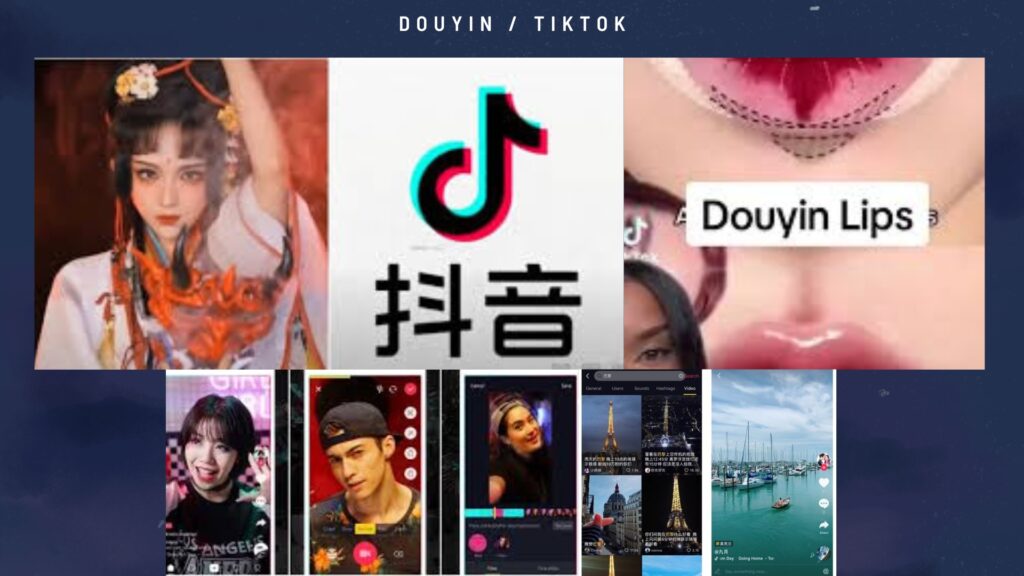
Douyin vs TikTok: Contrasting Trends
Unique Hashtags and Trends:
While Douyin and TikTok share similarities in their use of tags and trends, their respective hashtags and trends differ significantly due to variations in location and culture. Each video on Douyin tells a story, with users and brands striving to replicate trending content to enhance visibility and engagement.
Common Trends on Douyin:
Douyin’s content landscape is characterized by a diverse range of trends, including language learning videos, culinary content, pet-related videos, and humorous clips. Additionally, business-oriented content enjoys popularity on the platform, reflecting its broad appeal across various domains.
Contrasting Trends on TikTok:
In contrast, TikTok’s trends predominantly revolve around dancing and music, catering to its slightly younger audience demographic. The platform’s emphasis on entertainment-centric content distinguishes it from Douyin’s more varied content ecosystem.
Platform Summary:
Douyin’s Branding Potential:
Leveraging Douyin’s Features
Douyin presents brands with a unique opportunity to express their values and ambitions through its powerful algorithm, engaging content, and robust e-commerce options. Striking a balance between promotional content and entertainment is crucial for building brand loyalty and trust among users, especially the core under 35 demographic, which is poised to shape the future consumer landscape.
Account Types on Douyin:
Personal vs. Business Accounts
Douyin offers two primary account types: Personal and Business Accounts. Personal Accounts cater to individual users seeking to share videos with their followers, while Business Accounts are tailored for brands and organizations aiming to promote their products or services. Business Accounts provide advanced features such as e-commerce integration, analytics, and paid advertising campaigns.
Requirements for Business Accounts
To create a Business Account on Douyin, brands must fulfill certain prerequisites, including possessing a business license from mainland China, an ICP license if linking to a website, and submitting an application letter. Additionally, an annual fee of 600 RMB (~90 USD) is required. Once all necessary information is provided, account verification typically takes up to five working days.
E-commerce Options on Douyin:
Diverse E-commerce Features
Douyin offers a variety of e-commerce features, including the ability to link to external e-commerce sites, facilitate in-app purchases, and utilize social commerce tools for in-app transactions. Brands and influencers leverage these features to sell products directly to their followers, run promotional events via live-streaming, and tap into cross-border e-commerce opportunities through the Douyin Global Choice function.
Customer Support Strategies:
Direct Messaging and Chatbots
Douyin facilitates real-time communication between brands and customers through direct messaging, enabling quick responses and assistance both before and after purchase. Chatbots can address queries and FAQs efficiently, while engaging with comments and replies on posts demonstrates a brand’s commitment to customer service and trust-building.
Brand Strategy for Douyin:
Crafting Engaging Content
Brands on Douyin must focus on creating authentic and engaging content that resonates with the platform’s visually oriented and youthful audience. Developing a unique brand voice specifically tailored for Douyin, along with capitalizing on popular trends and challenges, is essential for standing out in the competitive landscape and fostering user engagement.
Marketing Tips for Douyin:
Navigating Chinese Censorship and Targeting the Right Audience
Understanding and adhering to Chinese censorship guidelines is crucial for brands operating on Douyin. Additionally, targeting the right audience segment is key, as Douyin’s user base may not favor upmarket or luxury products. Instead, affordable and trendy items, as well as trendy fast food and Western food/drinks, resonate well with Douyin’s Gen-Z audience.
Staying Updated and Relevant:
Lastly, staying abreast of Douyin’s evolving features and user preferences is essential for brands to remain relevant and capitalize on emerging opportunities. By adapting marketing strategies to align with the platform’s dynamics, brands can effectively leverage Douyin to achieve their marketing objectives and connect with their target audience.
Douyin vs TikTok: A Comparative Analysis
Introduction:
While Douyin and TikTok share common ownership under ByteDance, they exhibit notable differences in user demographics, content offerings, and availability. Let’s delve into these distinctions in detail.
User Base:
Douyin’s Demographic Profile
Douyin attracts a slightly older user base compared to TikTok, encompassing a diverse range of individuals who engage with micro-vlogs, lifestyle content, business advice, and videos from local authorities. This demographic variance influences the types of content prevalent on the platform.
Interface and Features:
Similarities in Interface and Functionality
Both Douyin and TikTok boast similar interfaces, featuring communities that create and share short videos or engage in live streaming. Users encounter branded recommendations and ads prominently displayed on the home screen, contributing to a seamless browsing experience across both platforms.
In-Video Search Functionality
Recent updates on both platforms have introduced an in-video search function, allowing users to search for individuals’ faces within videos. This feature facilitates enhanced content discovery and enables direct product purchases, augmenting the platforms’ e-commerce capabilities.
Availability:
Geographic Accessibility
Douyin’s availability is restricted to mainland China and its respective app stores, catering primarily to domestic users. In contrast, TikTok enjoys international availability, accessible through major app stores such as Google Play and Apple App Store. The divergence in availability stems from regional restrictions and differing user registration requirements.
Implications of Regional Limitations
The disparity in availability dictates user accessibility and platform reach. While TikTok’s global presence fosters widespread adoption and user engagement, Douyin’s confinement to mainland China necessitates localized strategies for content creation and brand promotion.
Conclusion:
In conclusion, Douyin has emerged as a powerhouse in the social media landscape since its inception in 2016, under the stewardship of ByteDance. With a staggering user base of 730 million individuals, Douyin has not only captivated the Chinese audience but has also left a significant mark on the global digital sphere. Its rapid rise to prominence underscores its role as a major player in shaping digital content consumption habits, both within China and beyond.
Zhang Yiming’s vision and ByteDance’s innovative approach have been instrumental in Douyin’s success, further solidifying the platform’s position as a leader in short-form video content and creative expression. The absence of Western social media platforms in China, coupled with Douyin’s comprehensive offerings and the enthusiastic participation of Chinese celebrities, has propelled its widespread adoption and cultural significance.
Douyin’s history, marked by rapid growth and differentiation from its counterparts like TikTok, reflects its unique identity and appeal. The platform’s diverse range of content, algorithm-driven prioritization, and seamless integration of e-commerce options have contributed to its unparalleled success.
As Douyin continues to evolve, brands are presented with a wealth of opportunities to leverage its features and engage with its vast user base. By crafting authentic content, navigating Chinese censorship guidelines, and staying attuned to emerging trends, brands can maximize their presence on Douyin and establish a lasting connection with their target audience.
In essence, Douyin’s journey from inception to dominance exemplifies its resilience, innovation, and unwavering commitment to redefining the boundaries of social media. As it continues to shape the digital landscape, Douyin stands poised to leave an indelible mark on the future of content creation and consumption.
Douyin offers an unparalleled opportunity for brands to amplify their presence and connect with a vast and engaged audience through its array of features and functionalities. By leveraging Douyin’s powerful algorithm, diverse content options, and robust e-commerce capabilities, brands can cultivate brand loyalty and trust among users, particularly the influential under 35 demographic. With the flexibility of Personal and Business Accounts, brands can tailor their strategies to align with their objectives and target audience preferences. However, success on Douyin requires a nuanced approach, including adhering to Chinese censorship guidelines, crafting compelling content, and staying attuned to evolving trends. By embracing these strategies and understanding the platform’s nuances, brands can unlock the full potential of Douyin and establish a lasting presence in the dynamic Chinese market.
FAQs:
- How has Douyin established itself as a powerhouse in the social media landscape since its inception in 2016?
- Douyin has garnered a staggering user base of 730 million individuals, showcasing its immense popularity and influence.
- What role has Zhang Yiming’s vision and ByteDance’s innovative approach played in Douyin’s success?
- Zhang Yiming’s vision and ByteDance’s innovative approach have been instrumental in solidifying Douyin’s position as a leader in short-form video content and creative expression.
- What factors have contributed to Douyin’s widespread adoption and cultural significance?
- The absence of Western social media platforms in China, coupled with Douyin’s comprehensive offerings and the enthusiastic participation of Chinese celebrities, has propelled its widespread adoption and cultural significance.
- How does Douyin’s history differentiate it from its counterparts like TikTok?
- Douyin’s rapid growth and differentiation from platforms like TikTok underscore its unique identity and appeal, reflecting its distinct evolution in the social media landscape.
- What opportunities does Douyin offer for brands looking to engage with its user base?
- Douyin provides brands with a wealth of opportunities to leverage its features and engage with its vast user base through authentic content creation and strategic navigation of Chinese censorship guidelines.
- What strategies can brands employ to maximize their presence on Douyin?
- Brands can maximize their presence on Douyin by crafting compelling content, adhering to Chinese censorship guidelines, and staying abreast of emerging trends to establish a lasting connection with their target audience.
- How does Douyin’s journey exemplify its resilience and innovation in the social media landscape?
- Douyin’s journey from inception to dominance showcases its resilience and unwavering commitment to redefining the boundaries of social media, positioning it as a major player in shaping the future of content creation and consumption.

Prof. Mian Waqar Ahmad
Prof. Mian Waqar Ahmad, a dynamic force straddling the realms of academia and digital media. As a distinguished Lecturer in Information Sciences, he imparts knowledge within the academic sphere, igniting the minds of his students. Beyond the classroom, Prof. Mian Waqar Ahmad dons the hat of a seasoned blogger on Worldstan.com, where his insightful posts delve into the intricacies of information sciences. His digital footprint extends even further as a YouTuber, leveraging the platform to share his expertise and make complex concepts accessible to a global audience. Prof. Mian Waqar Ahmad’s journey embodies the fusion of traditional education and contemporary digital outreach, leaving an indelible mark on the evolving landscape of information sciences. Explore his world at Worldstan.com and witness the convergence of academia and the digital frontier.

